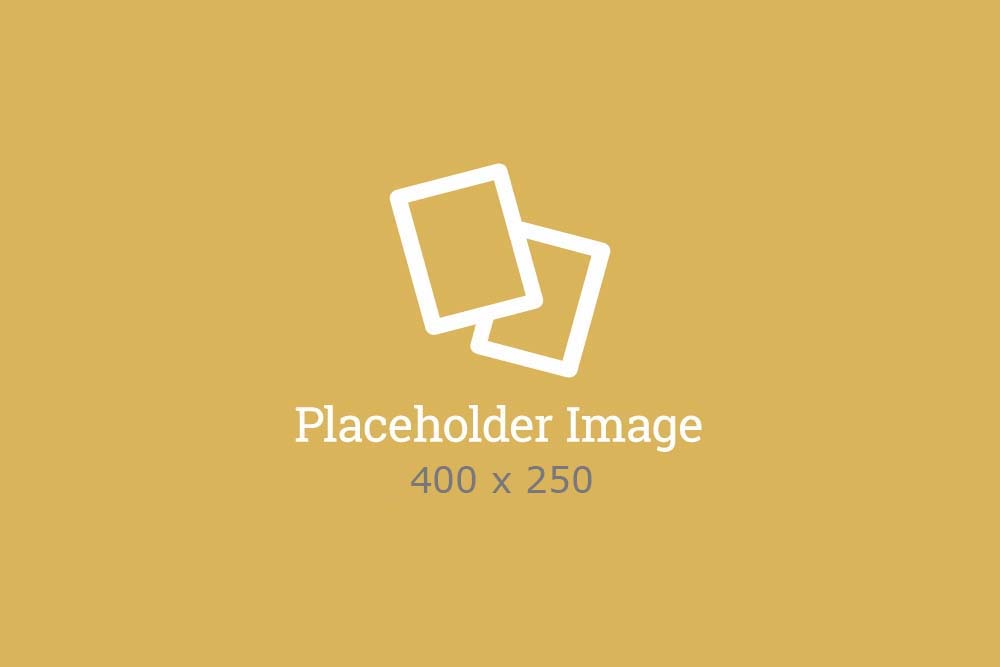It aims at:
a) Acquiring the knowledge of grape/berries composition, grape maturity process
b) Common mechanical processes among the various winemaking products
c) Common chemical processes, must adjustment methods
d) White winemaking
e) Red winemaking
f) Malolactic fermentation
The aim of the practical teaching is to train the students to measure basic wine analytical procedures such as sugars, ph, titratable acidity, free and total sulfides, ethanol, volatile acidity, reducing sugars, colour density, total phenolics
At the end of the course, students should be able to:
